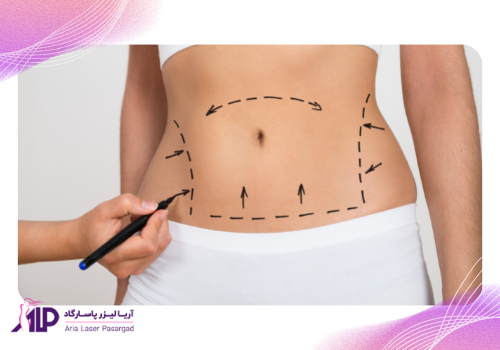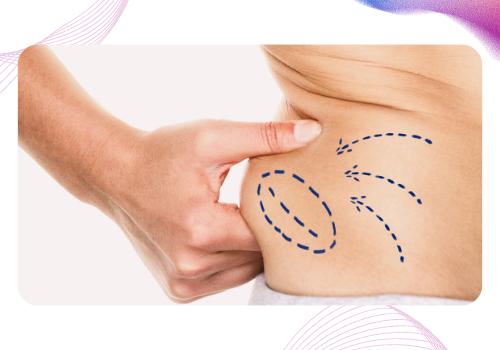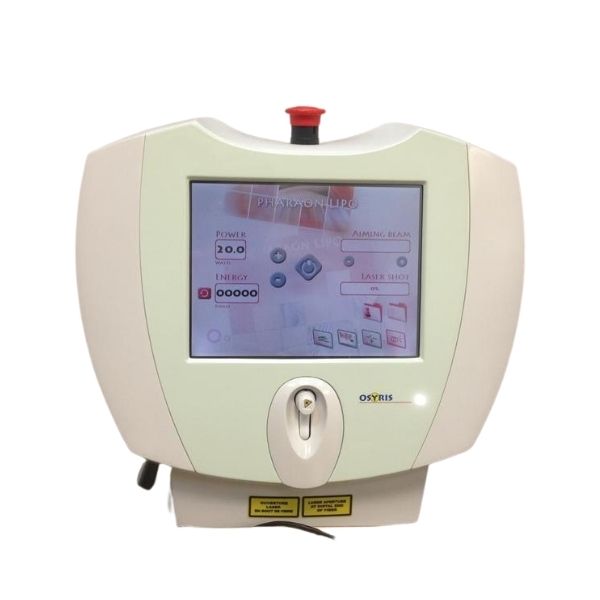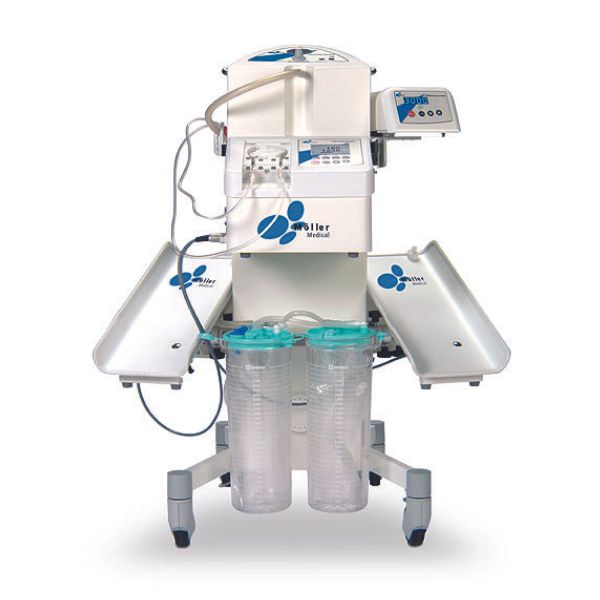Body contouring
Body contouring or body sculpting can remove fat, shape body parts and tighten skin. Lipolysis is a non-surgical option that uses heat, lasers and other methods. Surgical options include facelift and liposuction. Surgery carries more risks and a longer recovery, but usually provides more noticeable results.
What is Body contouring?
Body contouring is a medical, surgical procedure that aims to change the shape of a part of the body. It may include the following steps:
- – Get rid of excess skin.
- – Remove excess fat.
- – Reshape or contour the desired area.
Body contouring is usually associated with weight loss. But it’s more about shaping the body and addressing certain areas that don’t slim down with exercise or weight loss methods, or that result in excess skin after significant weight loss.


What are the different types of sculpting?
Body contouring without surgery is called lipolysis. There are several methods of lipolysis:
Cryolipolysis uses extremely cold temperatures to destroy fat cells
Injectable lipolysis involves injecting deoxycholic acid into the body to target fat cells.
Laser lipolysis uses a laser to destroy fat cells.
Radiofrequency lipolysis uses ultrasound waves and heat to target fat cells.
Surgical body contouring options include:
Lift: This surgical method removes excess fat and excess skin. For example, we can mention abdominal surgery (abdominoplasty), face lift (rhytidectomy), breast lift (mastopexy) and breast lift surgery.
Liposuction: Liposuction (lipo) sucks fat.
Uses of sculpting
People choose body contouring in order to look slimmer or to reach their desired figure. When diet and exercise do not make a difference, it is used especially in certain parts of the body such as the abdomen and sides, thighs, etc. Surgical options can also remove excess skin for a smoother, more youthful appearance. Such methods can help people who have excess skin after significant weight loss. It can also improve loose, sagging or wrinkled skin that occurs with natural aging.
Sculpting can be used in most areas of the body, such as:
the arms
waist
bra line
Belly and sides
hip
Neck and back
thigh
Actions before sculpting
When you decide to have body contouring surgery, you will first meet with a specialist and plastic surgeon. In this meeting, you will talk about the following: (Nila specialized clinic is with you with an experienced staff of plastic surgery specialists for body contouring in Isfahan.)
Your goals and expectations of action
Your medical history, including health conditions, allergies, and previous surgeries.
Any medications you take, including vitamins and over-the-counter medications.
Use of alcohol, tobacco or illegal drugs.
The doctor also:
Examines and measures the area(s) you want to operate on.
Marks the area(s) with a marker or pen.
Talks about the options ahead and gives recommendations.
It reviews the risks and options, and also talks about anesthesia and postoperative pain control if you’re going to have surgery.
If you decide to have body contouring surgery, you must sign a consent form. By signing it, you give the doctor permission to perform the procedure. You further agree that you understand the risks of this procedure and have realistic expectations.
Depending on the type of contouring you choose, your healthcare team may ask you to:
Get a blood test or a basic physical exam.
Do not smoke
Stop taking certain medications (eg, aspirin, NSAIDs, and herbal supplements).
What happens during liposuction and other contouring surgeries?
Most cosmetic surgeries are performed in a surgery center or hospital. Depending on what you have done, this procedure can take anywhere from 45 minutes to several hours.
For surgical procedures, the team may:
The areas are marked before the operation
Anesthesia or local anesthesia is performed based on the doctor’s diagnosis.
Small incisions are made in the skin.
Using the relevant tool (lipolysis), fat tissue is broken.
Muscle tightening is common during abdominoplasty.
Using liposuction alone or in combination with other methods, excess fat is suctioned.
Excess skin is removed.
After the operation, each incision is closed.
The wound dressing and special bandages are covered after the operation.

What happens after body contouring?
Most people go home the same day even after body contouring surgery. If you have surgery, you should ask someone to drive you home and stay with you the first night. And you may have a thin tube near one or more incisions to drain fluid and prevent swelling.
Your surgical team will give you recovery instructions. They may include:
Wound care and dressing changes.
Attention to activity and post-operative measures to prevent blood clots.
Report any complications – these will be explained before the procedure.
Staying out of the sun.
Using medications (eg, ointments or pills) to control pain or prevent infection.
What are the benefits of sculpting?
Many people with body contouring will experience the following:
More specific and well-shaped body parts.
Younger and thinner appearance
Smoother skin.
improvement of symptoms.
The results of surgery are more noticeable and immediate. With non-surgical options, it may take weeks or months to see a difference.
What are the risks or complications of surgery?
Each procedure – such as lipolysis and liposuction – is surgical and therefore carries certain risks, although it is relatively uncommon. Risks can include:
Asymmetry (both sides do not look the same).
Bleeding or blood clots.
Complications from anesthesia, such as nausea, vomiting, or difficulty waking up.
Damage to nerves, blood vessels, muscles, or organs.
Hair loss near the incisions.
A hematoma (a pocket of blood under the skin) that may drain.
Cuts that do not heal properly.
infection
Nerve damage that can cause weakness, numbness, or changes in skin sensation.
Pain or swelling that lasts longer than expected.
Results you don’t like, which may require further surgery.
Ulcers, rippling, or discoloration of the skin.
Irregularity and skin discoloration.
With non-surgical options, the risks are much more limited and include:
urticaria
ache or soreness
skin redness
swelling
What is the recovery time after body contouring?
Recovery from surgical options can take up to several weeks depending on the amount of work done and the size of the incisions.
Non-surgical options have a much shorter recovery time. Most people return to work and other activities a week after treatment.
When should we see our doctor?
If you have body contouring surgery, you should report the following symptoms of infection or other complications:
Bleeding, redness or swelling at the incision site
Chest pain
dizziness
High fever
Severe pain
Nausea or vomiting
Related products
Lipolysis machine – buy lipolysis machine – rent lipolysis machine




